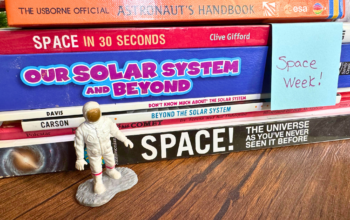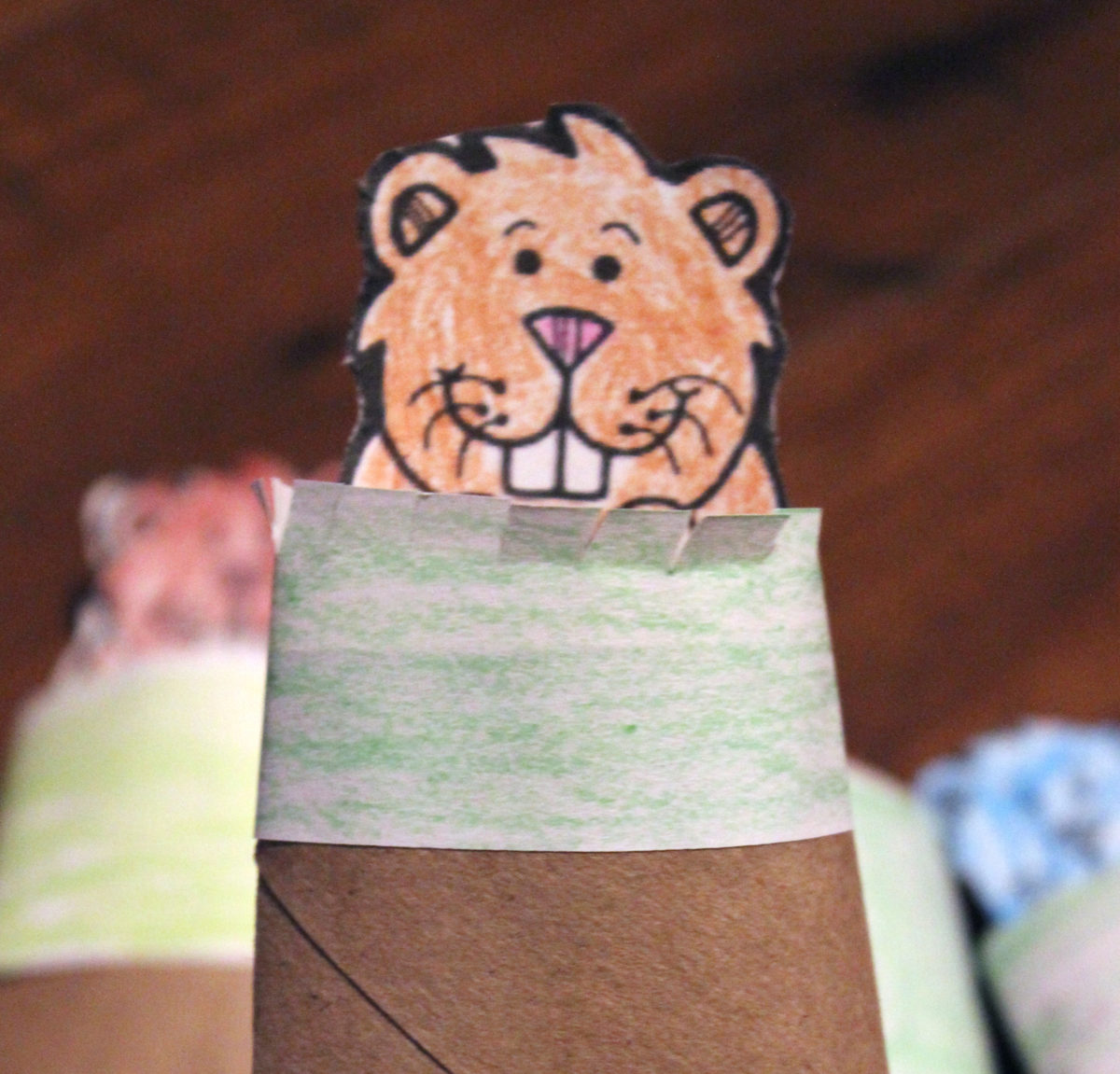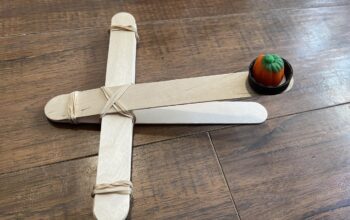Blubber and Arctic Animals
Why Don’t Arctic (or Antarctic) Animals Get Cold?
While studying during our Canada unit we spent a lot of time on the Arctic. Most children love animals as it is, but the Arctic has many different types of animals with unique features, including those like polar bears which have blubber. During the study, my kiddos just didn’t understand how animals could be in icy waters without being cold. The answer to this is blubber and so we set off to see how animal blubber works with this blubber experiment.
Here’s What You’ll Need
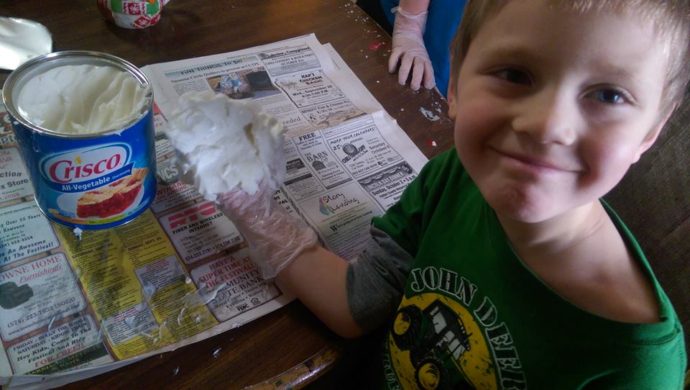 What you will need for this blubber experiment are some disposable or latex gloves, shortening, cling wrap or plastic wrap, and a bowl of ice water, as you can see I just grabbed some Crisco from the store. I don’t normally buy this and almost bought the smaller container but as I have 3 kids, I am glad I got the bigger one because we used a lot. There are other types of shortening, like Nutvia Organic Shortening, which is a coconut and red palm oil blend, for those who might be more interested in organic shortening.
What you will need for this blubber experiment are some disposable or latex gloves, shortening, cling wrap or plastic wrap, and a bowl of ice water, as you can see I just grabbed some Crisco from the store. I don’t normally buy this and almost bought the smaller container but as I have 3 kids, I am glad I got the bigger one because we used a lot. There are other types of shortening, like Nutvia Organic Shortening, which is a coconut and red palm oil blend, for those who might be more interested in organic shortening.
Let’s See How Blubber Works
Grab a big mixing bowl and fill it with ice and cold water. While you are doing that, have your child put a glove on one hand.
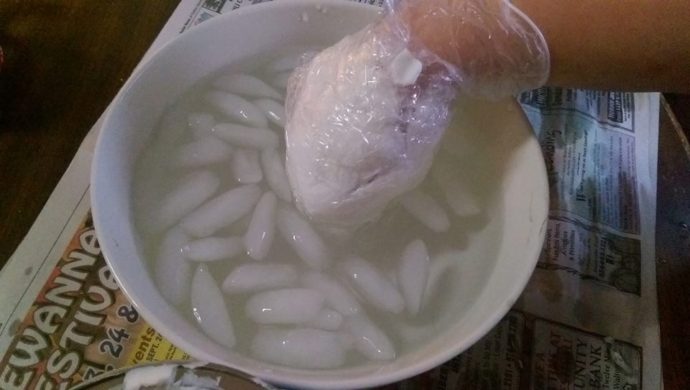 Next, allow them to put the gloved hand into the Crisco. You will want to make sure their hand is covered in Crisco, we did a very liberal layer, and you might need to help them a bit with that.
Next, allow them to put the gloved hand into the Crisco. You will want to make sure their hand is covered in Crisco, we did a very liberal layer, and you might need to help them a bit with that.
Once there is a nice, thick layer of shortening, completely wrap the hand with plastic wrap like in the pictures. Make sure it is tight at the wrist, you could probably add a rubber band if you thought it was needed.
Now, allow your little one to put their blubber hand in the water. To show a contrast, have them put their non-gloved hand in the water… big difference, trust me!
What is Blubber?
Blubber is a layer of fat that all marine mammals have, this includes whales, seals, and more. Even polar bears have blubber, though, it is also their unique fur that helps keep them warm. Not all fat is blubber, blubber is unique and it is important to many people around the world, even today! To learn more about blubber head over to National Geographic for a quick read.
Other Learning Tools
To help the kids learn more about the animals of these regions, I provided them with some books about polar bears, whales, and more. We also watched a couple of documentaries on Netflix. We liked Frozen Planet and The Polar Family & Me.
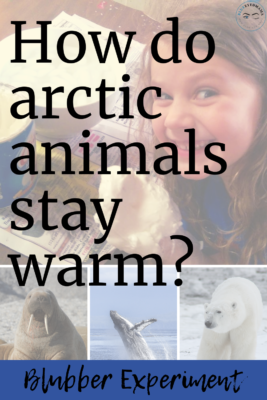 A Fun and Successful Project
A Fun and Successful Project
My kids loved doing this experiment on blubber and learning more about arctic animals. We learned a lot about how animals stay warm and it is a great time to discuss the difference between the Arctic and Antarctic regions, as well as how the animals in those regions differ.
As a parent, I thought this blubber experiment was fun too, and was amazed by the difference some blubber can truly make!
I’d love to hear how your kiddos enjoyed this experiment comment below or head to Instagram or Facebook and share with us your successes (or fails)… tag me @bemandfam!
Stay warm,
BEM + Fam 🙂
PS. This post has some affiliate links, read more about those here



